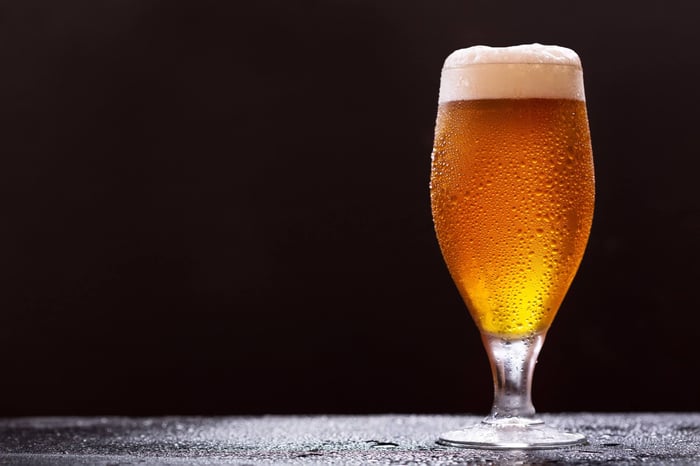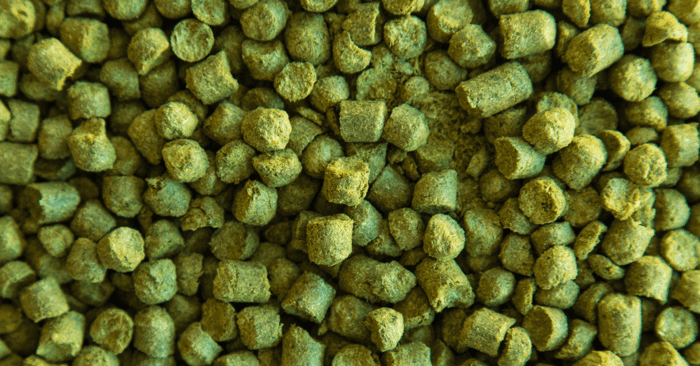The India Pale Ale has become one of the most exciting developments in European craft brewing, transforming from a historical curiosity into the driving force behind brewing innovation. For European home brewers, IPAs represent the perfect playground for experimentation whilst respecting centuries of brewing tradition.
What makes IPAs particularly fascinating is how they've evolved beyond their English origins to encompass global influences. Today's IPA category includes everything from traditional English styles to American innovations and completely new European interpretations using local ingredients and techniques.
Understanding IPA Fundamentals Through Style
Traditional English IPA: The Foundation The English IPA remains the cornerstone of the style, offering lessons in balance that modern brewers often overlook in their pursuit of extreme hop character. These ales demonstrate how properly used English hops like Fuggle, Goldings, and modern varieties like Jester and Pilgrim can create complex, satisfying beers.
English IPAs typically feature a more substantial malt foundation using Maris Otter base malt with crystal and caramel malts providing colour and sweetness. The key lies in achieving harmony between earthier hop characteristics and biscuity malt flavours. Target an ABV of 4.5-6.2% with moderate to high bitterness levels of 40-60 IBU.
American IPA: The Modern Interpretation American IPAs revolutionised the style by emphasising hop aroma and flavour over pure bitterness. These beers showcase New World hop varieties like Cascade, Centennial, and Citra, which provide bright citrus and tropical fruit characteristics unknown in traditional English brewing.
The American approach uses a cleaner malt bill, often employing American two-row barley with minimal crystal malt additions. This creates a drier beer that allows hop flavours to dominate. Late kettle additions and extensive dry hopping techniques maximise hop aroma whilst controlling bitterness levels.
New England IPA: The Contemporary Evolution Perhaps the most controversial yet popular recent development, New England IPAs challenge traditional brewing wisdom by celebrating haziness and emphasising hop flavour over bitterness. These beers require precise timing of hop additions and specific yeast strains to achieve their characteristic profile.
The style typically incorporates wheat malt and oats (up to 20% of the grist) to create a fuller mouthfeel and support the hop oils in suspension. Hop additions focus on whirlpool and dry hop phases, often using 8-15g per litre of finished beer. The perceived bitterness remains moderate despite massive hop quantities due to late addition timing.
Exploring Specialty IPA Variations
Black IPA: Balancing Contradictions The Black IPA presents unique challenges in balancing roasted malt character with hop prominence. Success requires careful selection of dark malts, typically using dehusked varieties like Carafa Special to provide colour without harsh roasted flavours.
Hop selection becomes crucial – citrusy American hops complement roasted malts better than earthy English varieties. Aim for 30-40 IBU with substantial late hop additions to maintain hop character whilst the dark malts provide complexity rather than dominant roasted flavours.
Belgian IPA: European Innovation Belgian IPAs represent European brewing's answer to American hop innovations, combining traditional Belgian yeast character with modern hop varieties. These beers often incorporate Belgian candi sugar to boost alcohol content whilst maintaining a dry finish.
The challenge lies in balancing Belgian yeast esters and phenols with hop aromatics. Many successful examples use a two-stage hopping approach: American hops for aroma and Belgian or European varieties for bittering to create harmony between old and new world characteristics.
Red IPA: Malt-Forward Hopping Red IPAs demonstrate how crystal malts can complement rather than compete with hop character. Using 8-12% crystal malt (120-160L) provides caramel sweetness and creates a beautiful amber-red colour whilst supporting hop bitterness.
These beers work particularly well with European hop varieties like Admiral or Challenger, which provide sufficient bitterness whilst complementing malt sweetness. The style typically ranges from 5.5-7.5% ABV with 35-50 IBU.
Technical Considerations for European Brewers
Water chemistry plays a crucial role in IPA brewing success. European brewers often benefit from adjusting their naturally soft water profiles by adding calcium sulphate (gypsum) to enhance hop character and calcium chloride to support malt sweetness. Target calcium levels of 100-150ppm with a sulphate-to-chloride ratio favouring sulphate for hop-forward styles.
Ingredient sourcing in Europe offers unique opportunities – consider incorporating European hop varieties like Mandarina Bavaria, Hallertau Blanc, or Styrian varieties for distinctive character. Many European maltsters now produce speciality malts specifically designed for hop-forward beers.
Temperature control during fermentation and conditioning becomes especially important for higher-gravity IPAs. Maintain fermentation temperatures between 18-20°C to avoid fusel alcohol production whilst ensuring complete attenuation.
Brewing Techniques for Success
Hop utilisation techniques continue evolving, with European brewers developing methods like hop stands and biotransformation to maximise aroma extraction. Consider adding hops during active fermentation (days 2-3) to allow yeast interaction with hop compounds, creating unique flavour compounds.
Dry hopping requires attention to contact time and temperature. European experience suggests 3-4 days at 18-20°C provides optimal extraction without extracting harsh vegetative flavours. Consider using hop bags or weighted containers to facilitate hop removal.
The Future of European IPA Brewing
European craft brewers continue pushing IPA boundaries whilst respecting traditional brewing principles. Local ingredient incorporation, sustainable practices, and unique fermentation techniques create distinctly European interpretations of American innovations.
The key to successful IPA brewing lies in understanding each style's objectives and adjusting techniques accordingly. Whether brewing a traditional English IPA or experimenting with modern hazy styles, focus on ingredient quality and process control.
Remember that great IPAs result from understanding your raw materials and respecting the brewing process. The hop character may be the star, but proper malt foundation and fermentation management ensure the complete performance succeeds.
L'équipe du Grainfather









